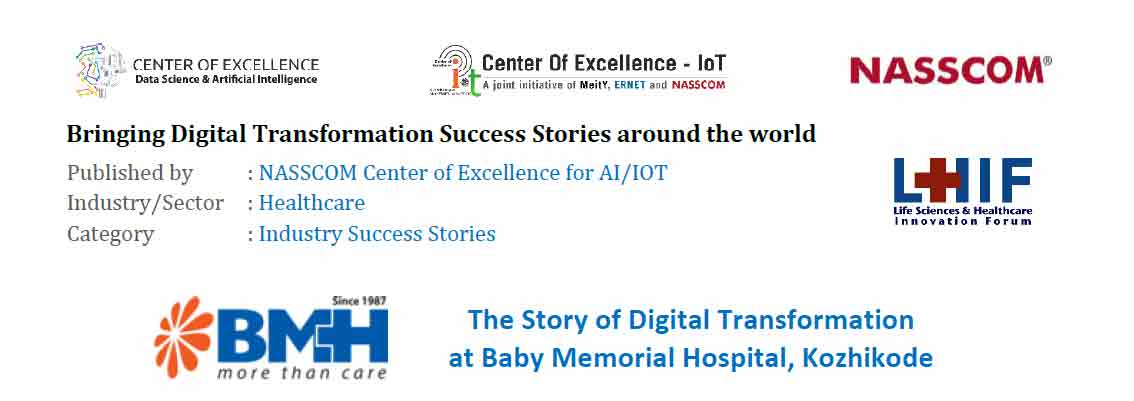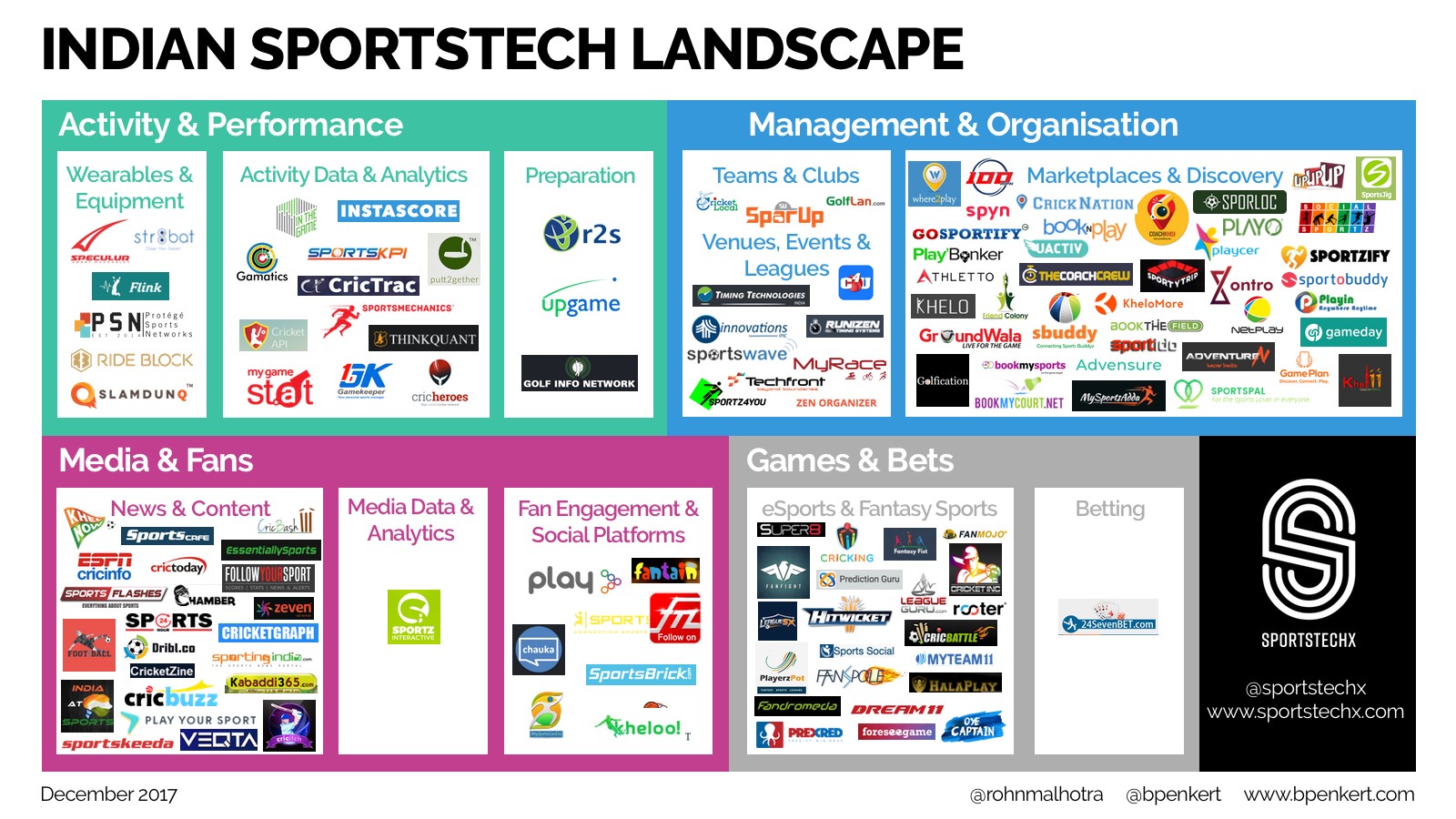Most websites selling products online show you a list of items that you might be interested in. The better the recommendations, the more likely that you will buy any of these, which will increase their sales. But how are these recommendations created?
Center of Excellence – IoT, Gurugram along with IBM organised a hands-on Session to build a Machine Learning-based interactive recommendation engine using IBM Watson Studio, Watson Machine Learning, Apache Spark & PixieDust.
There were more than 130 registrations and the session was attended by more than 60 advanced developers some of whom were from organisations like Nagarro, United Airlines, TCS, Sanyog Pharma & TV Today Network.
The session enabled the attendees to develop & deploy an IBM Watson based Recommendation Engine for their business use cases.
Agenda:
- Introduction to Machine Learning concepts
- Basics of Recommender Systems
- Understanding types of recommender systems:
- Content based recommender systems
- Collaborative filtering
- User-User collaborative filtering
- Item-Item Collaborative filtering
- Hybrid Methods
- Case Study
- Hands-On (Building a pixie dust based app for recommending shopping cart products)
Key Takeaways for Attendees:
By the end of the session, attendees were able to understand how to build a model to provide product recommendations for customers based on their purchase history. They had created their own Jupyter notebook, which included:
- Loading historical shopping data
- Structuring and viewing that data in a table that displays customer information, product categories, and shopping history details
- Using the k-means algorithm, which is useful for cluster analysis in data mining, to segment customers into clusters for the purpose of making an in-store purchase recommendation based on shopping history
- Deploying the model to the IBM Watson Machine Learning service in IBM Cloud to create your recommendation application
If you are a developer who wants to learn new skills, or an enterprise that is at the forefront of innovation hoping to evangelize the nation’s growing community of software/ hardware developers, contact Shantanu Gaur at shantanu@nasscom.in
















